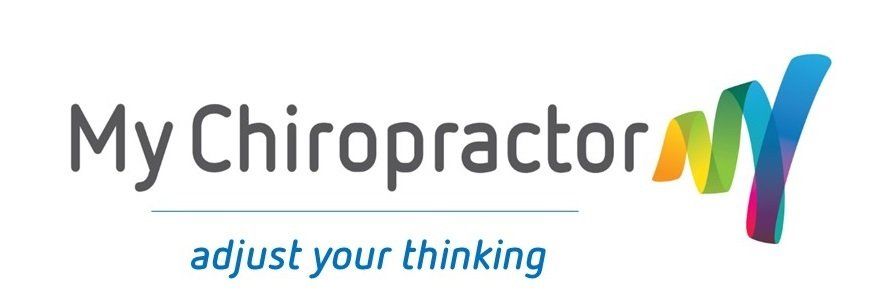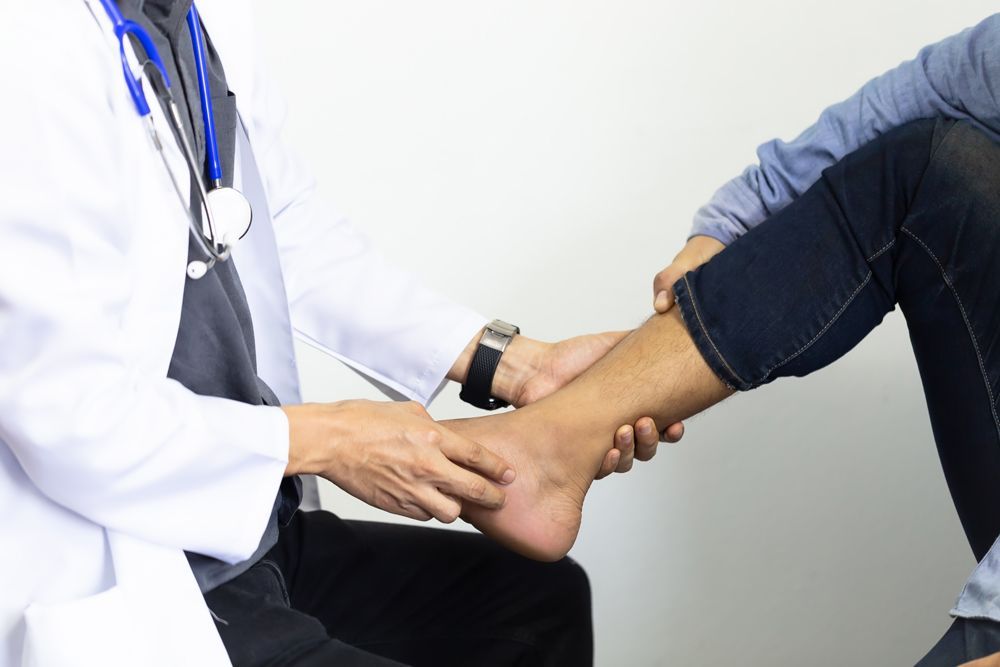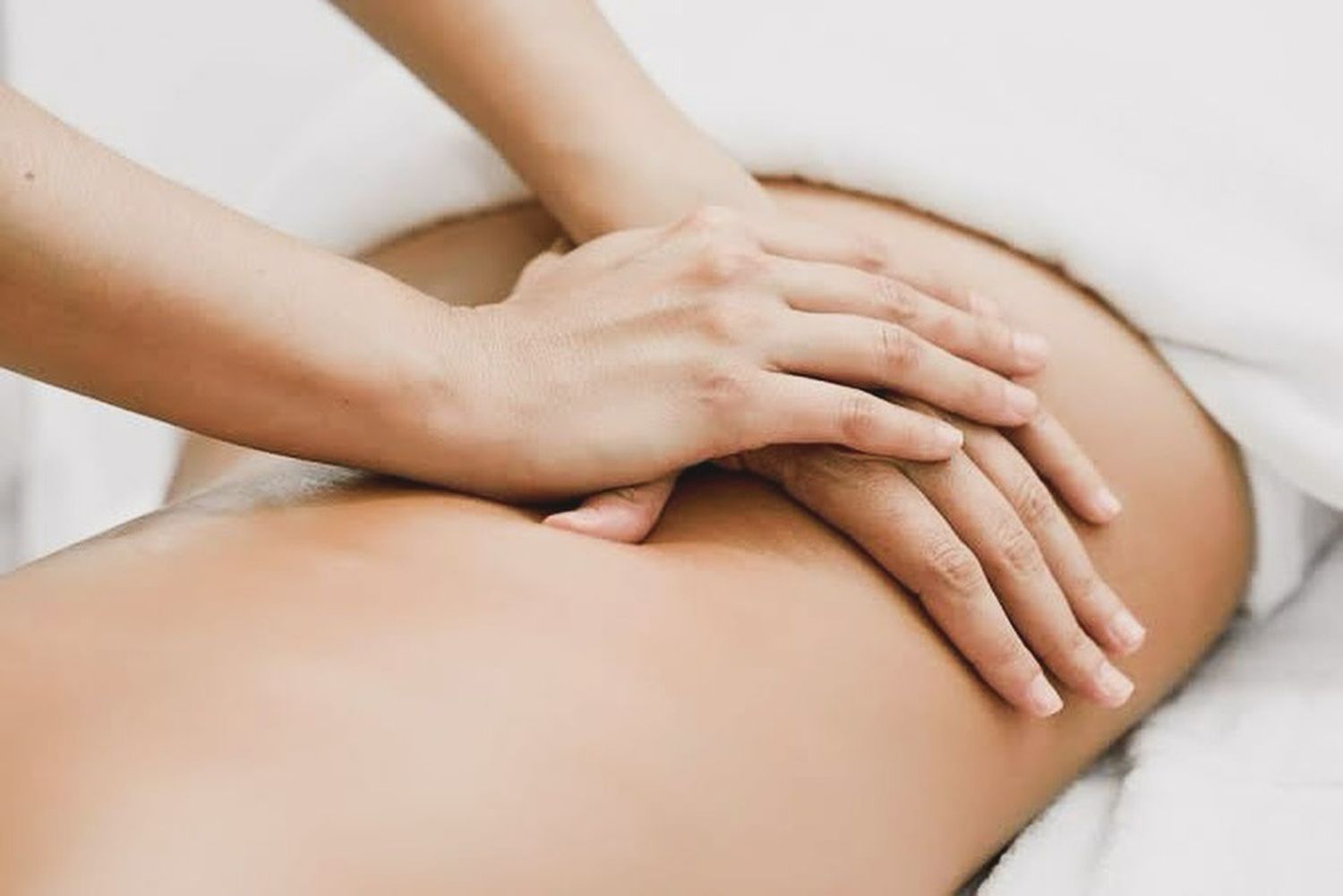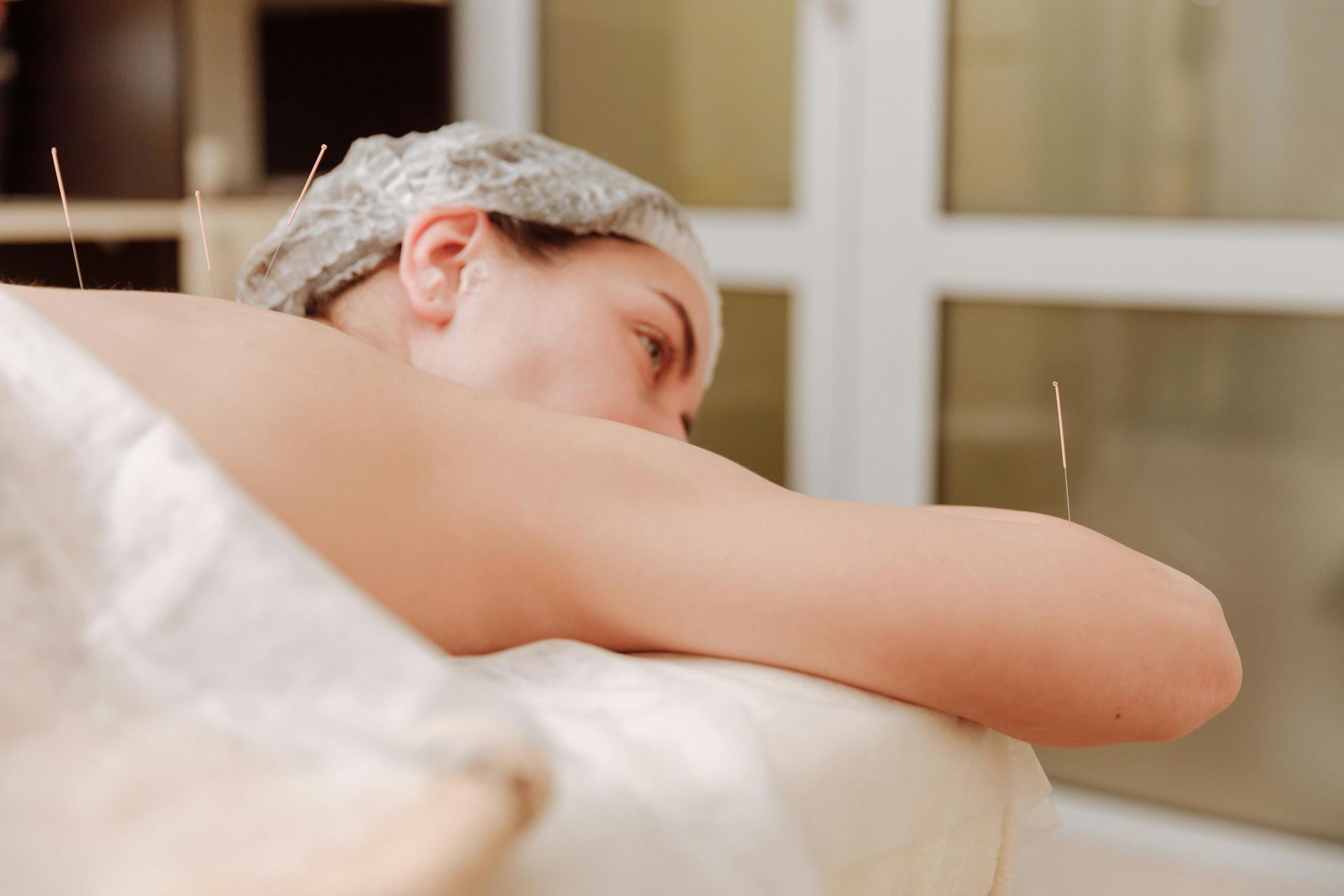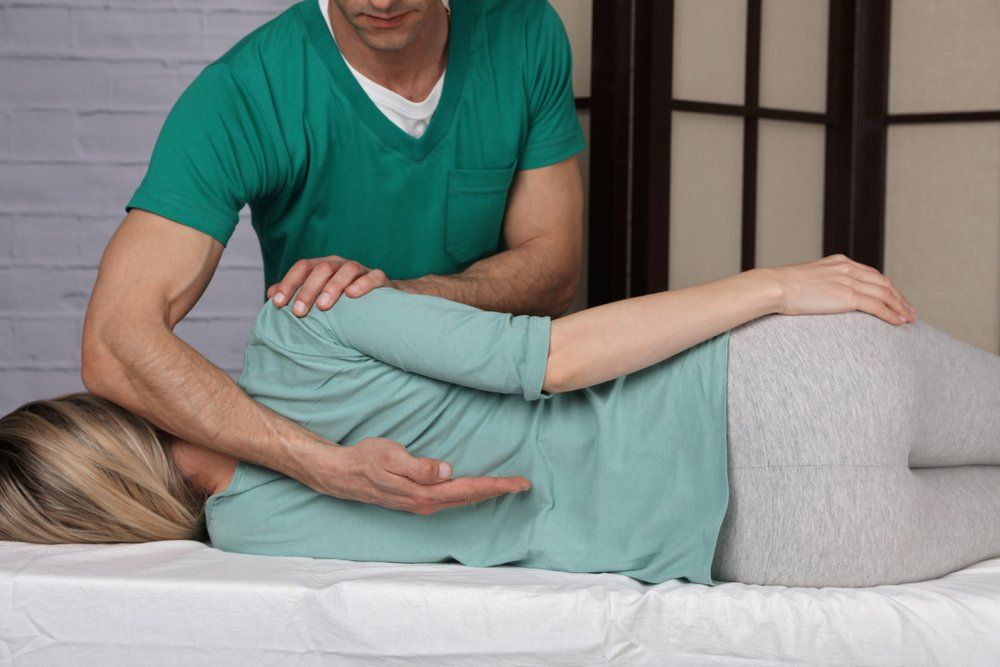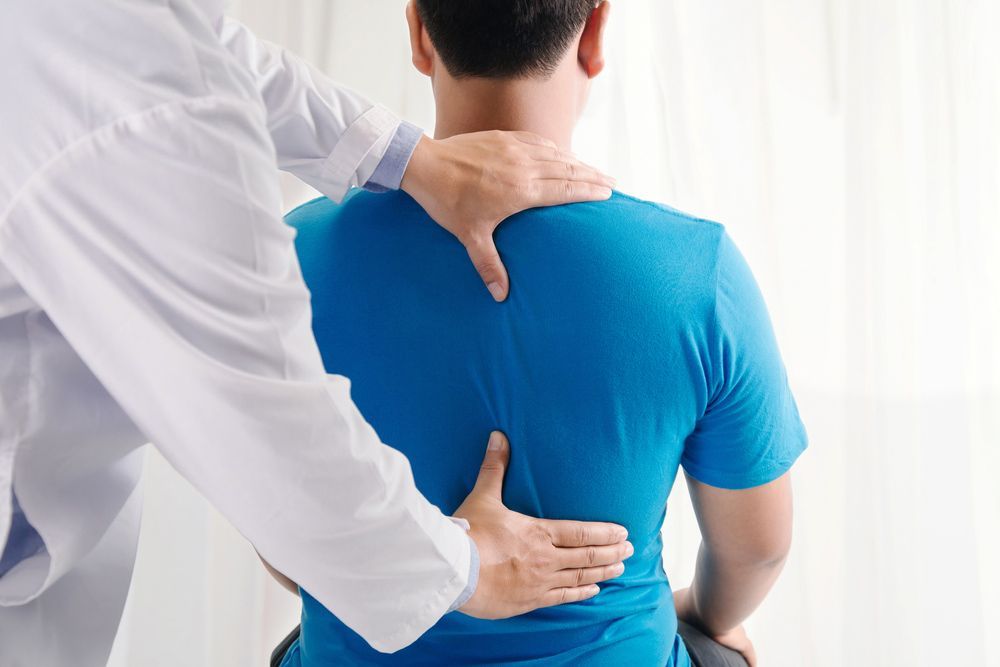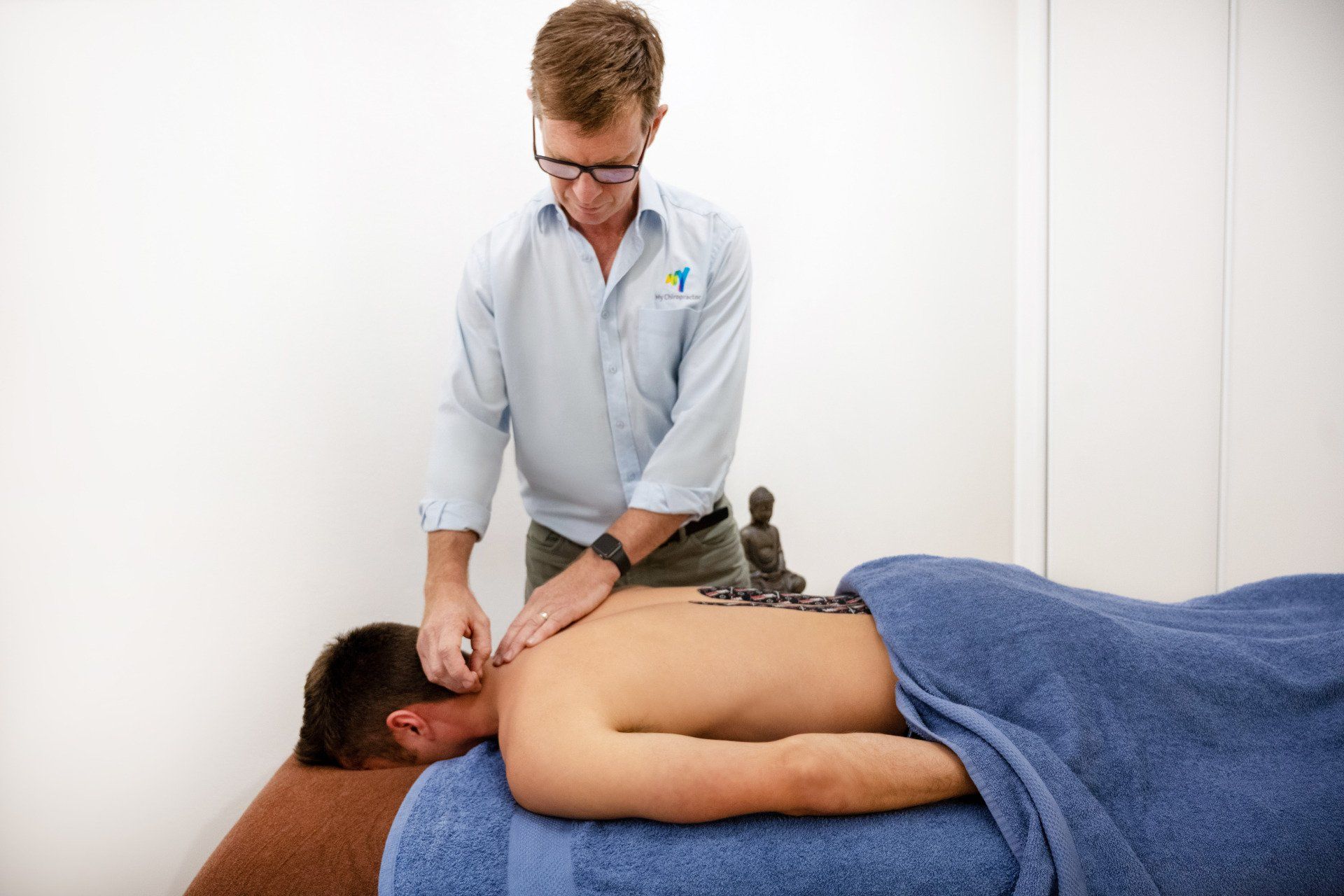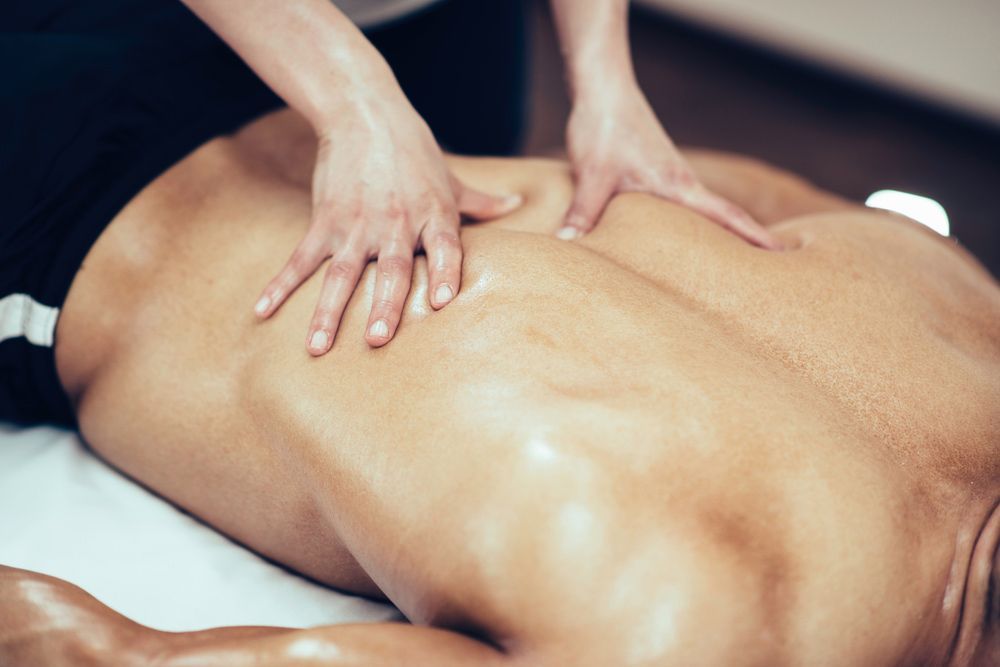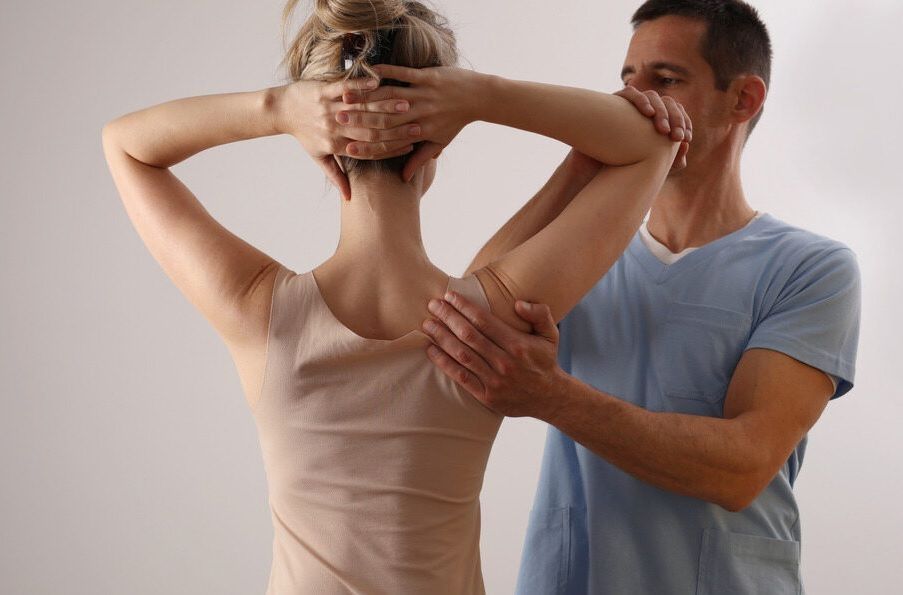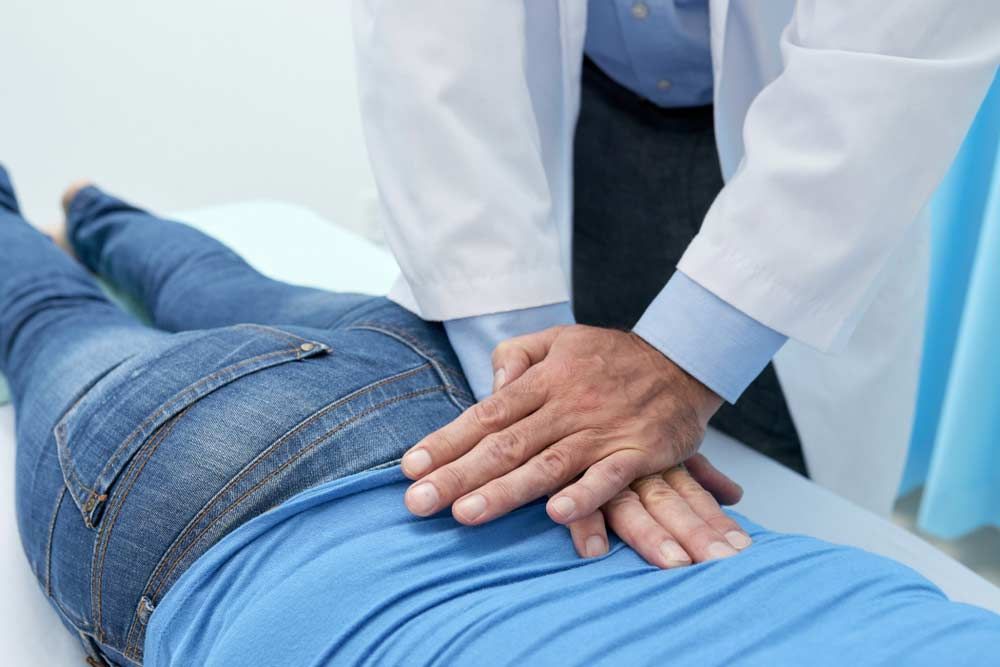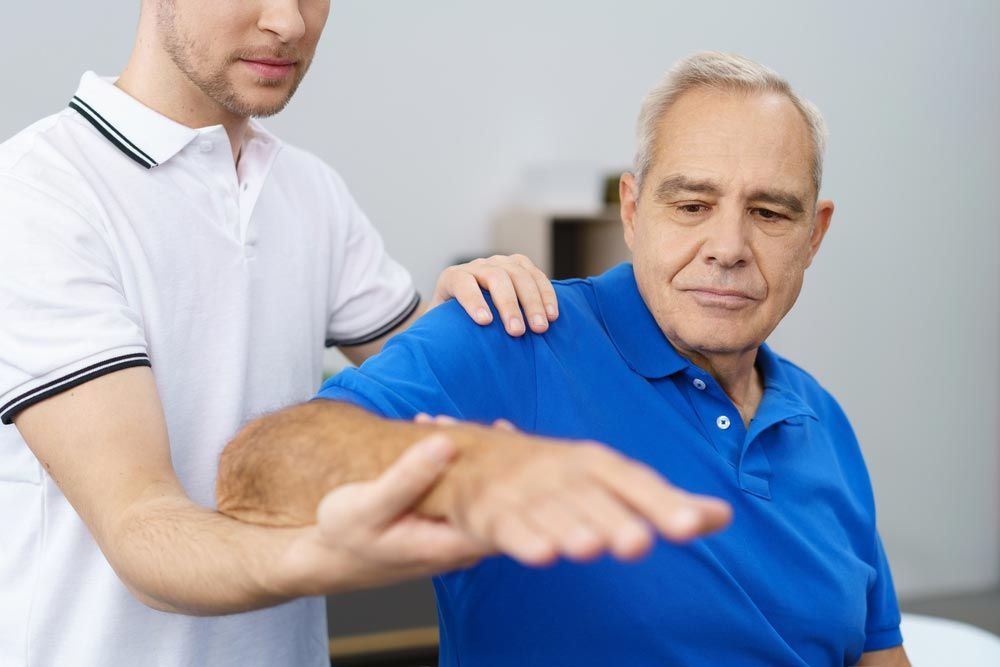Is Remedial Massage Right for Your Sports Injury?
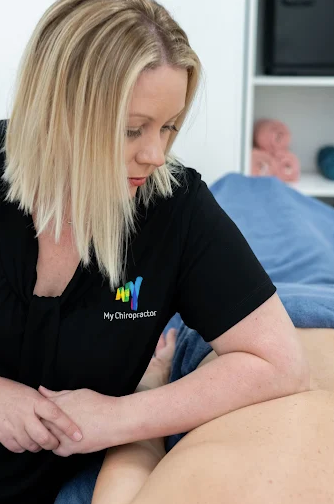
Injuries are often part and parcel of an active lifestyle. Whether you’ve tweaked a hamstring during a casual weekend game or are navigating a more complex recovery journey, managing discomfort and movement restrictions becomes a key concern. For many people, exploring various therapeutic options, including remedial massage, is a step toward supporting the body through recovery.
Athletes, gym-goers, and those dealing with the aftermath of sprains and strains seek remedial massage. But how does it really fit into a broader recovery plan for sports injuries? Let’s examine how this therapy interacts with common musculoskeletal issues.
Understanding the Role of Remedial Massage in Sports Recovery
Remedial massage is a structured technique focused on assessing and addressing soft tissue dysfunctions. It may be part of a broader recovery plan that aims to reduce muscular discomfort, enhance joint mobility, and assist with overall function.
Some of the key techniques commonly used include:
- Trigger point therapy – targeting tight spots that may refer pain to other areas
- Deep tissue massage – focusing on deeper layers of muscles to manage chronic tension
- Myofascial release – working through connective tissue that supports muscles
- Stretching & passive movements – used to support joint flexibility
These approaches are applied depending on the injury history and individual presentation, which may support the body in adapting post-injury.
How Remedial Massage Addresses Muscle Strains & Tears
Sports that involve high-impact or repetitive movement can sometimes lead to muscle tears or overstretching. These are often accompanied by tightness, bruising, or localised discomfort. Remedial massage can be introduced as part of a recovery phase, particularly when movement begins to return and the tissue is no longer acutely inflamed.
Massage therapy in such cases may:
- Promote circulation to the injured muscle region
- Support fascial mobility, reducing the sensation of stiffness
- Target compensatory areas that may have been overused due to imbalance
- Assist with gradually reintroducing movement where applicable
Every recovery pathway is unique, and the role of massage may vary depending on the type and severity of the injury.
Post-Training Soreness: Can Massage Help Reduce DOMS?
If you've ever felt achy a day or two after an intense workout, you’ve likely experienced Delayed Onset Muscle Soreness (DOMS). This is a common phenomenon that many people seek to manage without medication or excessive downtime.
Incorporating massage therapy in Mackay into your recovery window may help with:
- Supporting lymphatic drainage to help clear metabolic waste
- Reducing the perception of muscular tightness
- Facilitating passive recovery while maintaining body awareness
- Encouraging relaxation and rest is important for overall recovery
Though DOMS typically resolves on its own, massage may provide support in managing the symptoms.
Enhancing Circulation for Faster Injury Recovery
When muscles and connective tissues are damaged, they require nutrients and oxygen for repair. Circulatory support is one of the commonly cited benefits of soft tissue massage, which may assist with tissue repair in a passive and non-strenuous way.
Massage techniques may target:
- Leg muscles – such as calves or hamstrings, post-running or cycling
- Upper back & shoulders – commonly affected by lifting or overhead sports
- Arms & forearms – especially in racquet sports or manual labour tasks
- Lower back – supporting postural muscles that can fatigue easily
Localised massage techniques may vary in pressure and rhythm depending on the target area and client comfort.
Remedial Massage for Joint Pain & Sprain Management
Ligament sprains around the ankle, knee or wrist can alter movement patterns and impact nearby muscles. While remedial massage does not directly address ligament fibres, it may support adjacent muscle groups and help relieve muscular tension that builds from restricted mobility.
Consider the potential differences between resting alone and including massage as part of your approach:
- Rest only: potential stiffness, reduced circulation, compensatory pain in other areas
- With massage: adjunctive support for maintaining muscle tone and joint function
It’s often about helping the body navigate its own repair process, rather than replacing other therapeutic approaches.
The Psychological Benefits of Massage During Rehabilitation
Recovery isn’t just physical—it’s also about mindset. Dealing with pain or injury can be frustrating, and the uncertainty of return to sport or movement can sometimes lead to anxiety. A massage session can offer more than physical relief—it may provide a space to unwind.
Some ways massage may contribute during rehabilitation include:
- Calming the nervous system and promoting restfulness
- Creating regular downtime for the mind and body
- Supporting body confidence by gently reintroducing touch and movement
- Assisting with goal-setting and self-awareness through practitioner feedback
The mental health aspect of recovery should never be overlooked, especially during longer rehab timelines.
Integrating Remedial Massage into Your Recovery Routine
Timing and consistency matter when considering how massage fits into your injury recovery strategy. It's often most useful when paired with other therapies, such as physiotherapy or chiropractic care.
Some helpful integration tips:
- Book sessions post-physio or strength sessions to help ease muscular tension
- Maintain a consistent schedule (e.g., fortnightly) during intensive training or recovery
- Use massage to assess soft tissue changes over time
- Apply self-care between visits, such as foam rolling or stretching, based on guidance
Speak with your massage provider about your specific training and rehab schedule so treatments can be aligned.
Is Remedial Massage Right for You? Consulting with a Local Practitioner
Everyone's injury and recovery journey looks different, so it's useful to speak with a local massage therapist in Mackay to discuss whether remedial massage aligns with your goals. Whether it’s muscle fatigue, a nagging joint concern, or general post-exercise tightness, having a plan can help.
Before booking, consider asking:
- What techniques are typically used for your type of concern?
- What timeline or frequency might be suitable for your situation?
- How does massage fit in with other therapies you’re receiving?
- What signs should you monitor post-treatment to gauge progress?
Starting with a single session may help you assess whether this therapy feels appropriate for your needs.
Remedial Massage for Chronic Pain: Learn What to Expect
At My Chiropractor Mackay City, we provide remedial massage in Mackay tailored to support individuals managing sport-related discomfort and movement limitations. Whether you're returning to the field or simply looking to support your recovery routine, we’re here to help you explore your options. To learn more or book a consultation, give us a call or get in touch via our contact page today.
